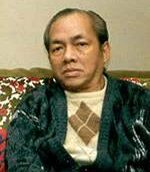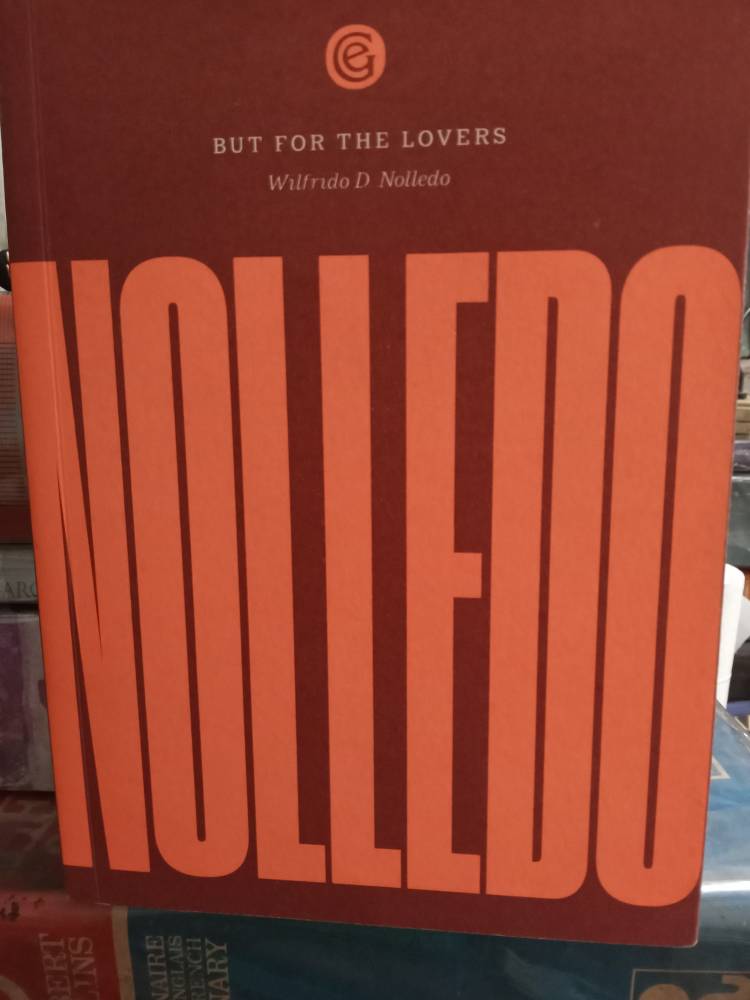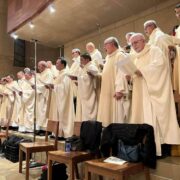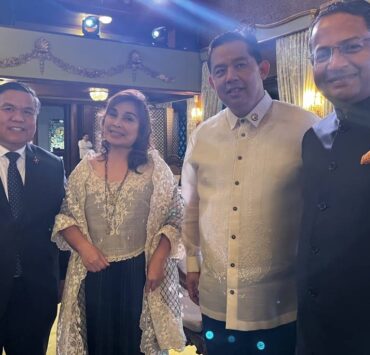Phantasmagorical goings-on while Manila burns

“But for the Lovers,” the first of four novels by Wilfrido D. Nolledo and the most famous, was first published in New York by E.P. Dutton in 1970. It was praised by the critics and here in Manila by Nick Joaquin, literary godfather to many younger writers.
During the early 1970s, a copy of the novel with a dedication by Nolledo to Joaquin was passed around among the friends of the Lacabas. The only thing I remember about the dedication was that Nolledo wrote, “We have kept the faith…” Then the book was quietly forgotten until 1994, when Doubleday came out with a second American edition, which became required reading in some universities in North America and Manila. But copies of the novel were hard to find.
Finally, after 20 years, comes the first Philippine edition of “But for the Lovers,” by Exploding Galaxies, a publisher that believes in rediscovering “lost classics of Philippine fiction whose revival may illuminate new stories of our time.”
And now, after 50 years, one rereads the novel and finds it quite a new experience.
The setting is Manila during the Japanese Occupation (1942 to 1945), a doomed city awaiting deliverance from the Americans, who will arrive in February 1945. “Fuego!” And the bombs will fall and the Japanese will rampage through the southern districts of the city.
Wild and wicked
Nolledo has a wild and wicked sense of humor, with a mocking, hyped-up style filled with puns, wordplay, allusions, hilarious sexual escapades, allegory, and slang in four languages: Tagalog (“susmariosep”), English (“by gum”), Japanese (“dorobo”), and Spanish (“sin verguenza”). Many of the events are based on historical facts, but embellished by the author’s flights of fancy.

There is no plot in the conventional sense. The novel is surreal rather than realistic, with one character—often larger than life—taking center stage as one chapter leads to another.
The three main characters are an odd trio. There’s Hidalgo de Anuncio, “a relic from the Spanish period, a washed-up Spanish clown.” In a paternal sort of way, he befriends Alma (“the girl”), silent and mysterious, representing a Philippines ruled 300 years by Spain. Besotted by Alma in a chaste way (they are adolescents) is Molave Amoran (“the boy”), “a grimy bedraggled urchin, who steals from every place, be it sacristy or precinct.”
Tira Colombo is fat, flamboyant, and horny, ready to take on all comers in bed if they cannot pay the rent. Vanoye is an eloquent, one-armed public speaker guarded by six big Dutchmen who used to be waiters at Waldorf Astoria. Capt. Jonas Winters is an American pilot shot down over Manila Bay, is rescued by guerrillas, and becomes a folk hero among the people who believe that General MacArthur will return soon.
And there are the three Japanese military officers, maintaining a veneer of benevolence to the residents while prisoners are being tortured in Fort Santiago: Corporal Ito, Sergeant Yato, and Major Shigura.
An apocalypse of sorts
And so, finally, the long-awaited American bombers arrive, their artillery reducing southern Manila to rubble. But the burning of the capital is different from what you may have read in the history books. Until the end, Nolledo does not compromise; he does not let go of his darkly comic, fanciful touch.
For one thing, for several pages, the author employs a flashback: The Philippine-American War, rendered in italics, interweaves with the final assault on Manila (February 1945), in normal type.
And the characters of the 440-page novel, major and minor, meet their fate as the bombs explode: Alma, Amoran, Hidalgo, the dying Spaniard; Tira Colombo, the boardinghouse owner, still in the throes of desire; the wounded Sergeant Yato; Major Shigura, the casual torturer; Micaela the failed soprano belting out operatic arias while the world crumbles around her…
Some will survive, others won’t.
“Nolledo hides behind language,” the critic Nestor Torre once opined to me. That may be true, but the language is dazzling. “But for the Lovers” is a great performance in words.
Available in leading bookstores, Lazada and Shopee. Visit explodinggalaxies.com





















